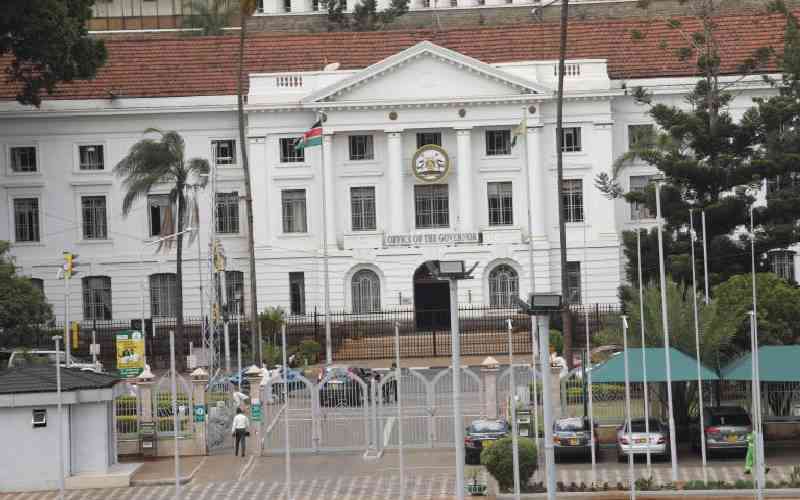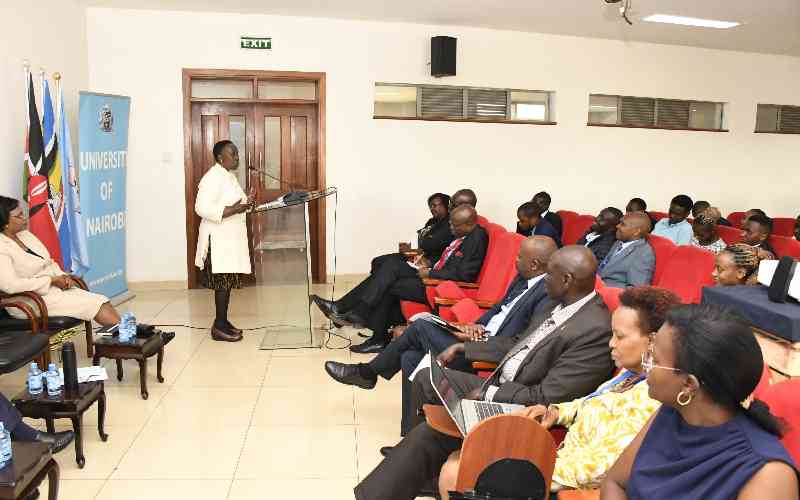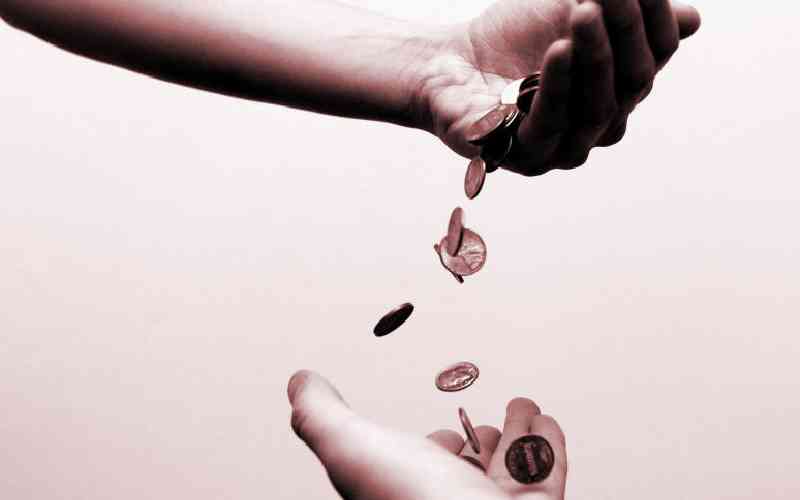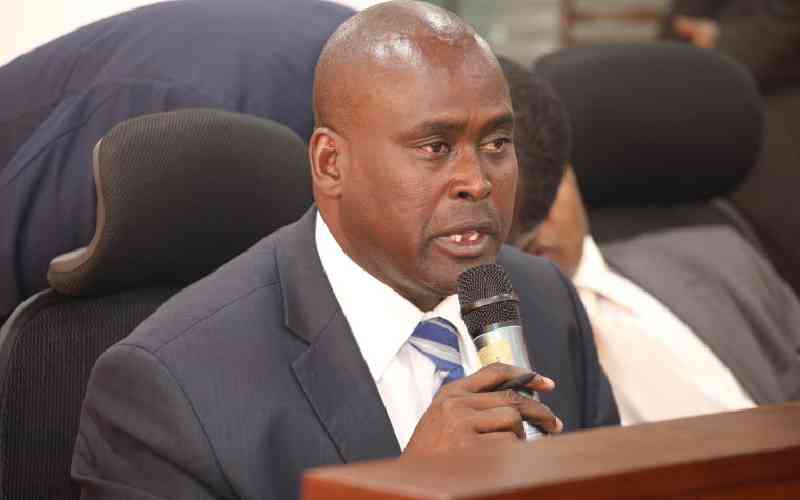
Whether university students’ fees should be increased three-fold when learning resumes still remains a debate as the Ministry of Education and vice chancellors craft a funding formula favourable to parents and the institutions.
The Standard has established that VCs are sharply divided on whether fees should be raised to Sh48,000 up from the present Sh16,000.
Universities Fund (UF) has also waded into the financing debate, proposing a raft of amendments to the funding formula to fix the perennial brokeness of the institutions.
In its proposed amendments, the Universities Fund wants the Differentiated Unit Cost (DUC) revised, with a major focus to funding courses mounted to the government’s priority training areas.
With this, the Fund argues that universities that will mount critical programmes — listed as priority training areas by the government — will have more money in their accounts.
The DUC is the amount of money required by an institution to teach one academic programme per year per student.
The Fund also wants the government to pay full tuition fees for all special needs students admitted in Kenyan universities.
The proposed amendments also want all postgraduate students, who are presently not beneficiaries under the DUC, funded at one per cent of the total universities budget.
And for research, the Fund wants two per cent of the available budget allocated with a proposal that all newly created universities funded at a minimum of Sh300 million.
The proposed amendments by the Fund supports VCs’ report, which says the government capitation under the DUC formula as presently implemented falls short by 60 per cent of the expected funding.
“This in fact, is where the problem is,” reads the report by VCs titled The Status of University Education: challenges and way forward presented to Education Cabinet Secretary George Magoha last year.
The VCs argued that the biggest challenge is that the government allocated to universities funding that is not commensurate to the number of students.
“Moving forward, focus should now not be placed on whether the government increases its capitation or not but on how the government should limit itself to funding the numbers of students it can afford with the resources at its disposal,” reads the report.
The VCs now want the unit cost to teach a programme for an academic year be shared between the government, university and the student.
Stay informed. Subscribe to our newsletter
“The suggested formula is where a student would pay Sh24,000, the university pays one sixth of the DUC and the government covers for the difference,” reads the report.
This means that for the least expensive courses under DUC such as humanities and social sciences, which cost Sh144,000 per year, if the student pays Sh24,000, one sixth of the money to be paid by the university will be Sh24,000. The government will pay the balance of Sh96,000.
And for medicine, which is the most expensive course at Sh720,000 per year, if the student pays Sh24,000, the university will pay one sixth which is Sh120,000. The government will pay the balance of Sh576,000.
“If the government would be able to strictly support the student at the agreed DUC rates, the universities would be in a position to organize themselves sufficiently within the limits of available finances,” reads the report.
The report notes that for the current unit cost per student of Sh254,644, each student would pay a maximum of Sh48,000 in fees.
Speaking during a universities reforms stakeholders’ meeting at the School of Government, VCs Committee Chairperson Geoffrey Muluvi said the maximum fees increase is part of the proposals by VCs to fix funding gap.
However, VCs who spoke to The Standard yesterday opposed the sharp rise of fees to Sh48,000, saying it would signify a 200 per cent increase on the current fees to be paid by students.
“We agree that there is need to increase fees but that is a bit sensational. We had not arrived at that higher figure and this is something we are still discussing,” said one VC familiar with the funding proposals.
“It is considered that a more realistic figure at this point in time would be Sh24,000 which translates to a 50 per cent increase,” reads the report.
 The Standard Group Plc is a
multi-media organization with investments in media platforms spanning newspaper
print operations, television, radio broadcasting, digital and online services. The
Standard Group is recognized as a leading multi-media house in Kenya with a key
influence in matters of national and international interest.
The Standard Group Plc is a
multi-media organization with investments in media platforms spanning newspaper
print operations, television, radio broadcasting, digital and online services. The
Standard Group is recognized as a leading multi-media house in Kenya with a key
influence in matters of national and international interest.
 The Standard Group Plc is a
multi-media organization with investments in media platforms spanning newspaper
print operations, television, radio broadcasting, digital and online services. The
Standard Group is recognized as a leading multi-media house in Kenya with a key
influence in matters of national and international interest.
The Standard Group Plc is a
multi-media organization with investments in media platforms spanning newspaper
print operations, television, radio broadcasting, digital and online services. The
Standard Group is recognized as a leading multi-media house in Kenya with a key
influence in matters of national and international interest.









